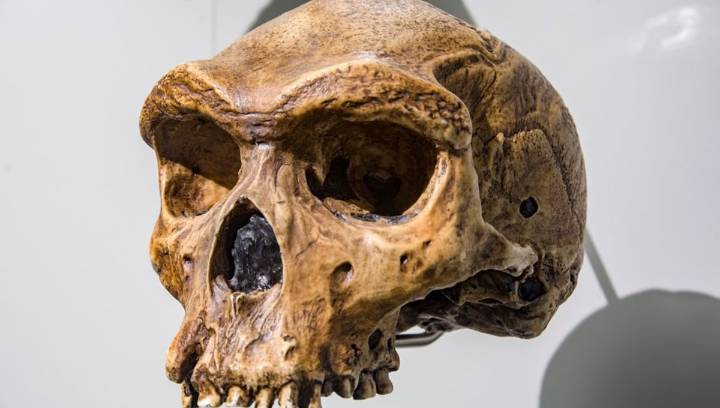A nearly complete human skull that was discovered in a Greek cave in 1960 has remained at the center of a major anthropological debate for over six decades. However, researchers have finally settled the matter by revealing that the cranium belongs to a species that’s more primitive than both Homo sapiens and Neanderthals, yet existed alongside the latter in Europe close to 300,000 years ago. The rest of this article is behind a paywall. Please sign in or subscribe to access the full content.
Known as the Petralona hominin, the specimen was found in the Petralona Cave near Thessaloniki and immediately piqued the interest of anthropologists, who sought to analyze the skull’s morphology in order to identify the species. Initial reports suggested that the prehistoric noggin could belong t

 IFL Science
IFL Science

 America News
America News ABC News
ABC News Raw Story
Raw Story Associated Press US News
Associated Press US News CNN
CNN RadarOnline
RadarOnline